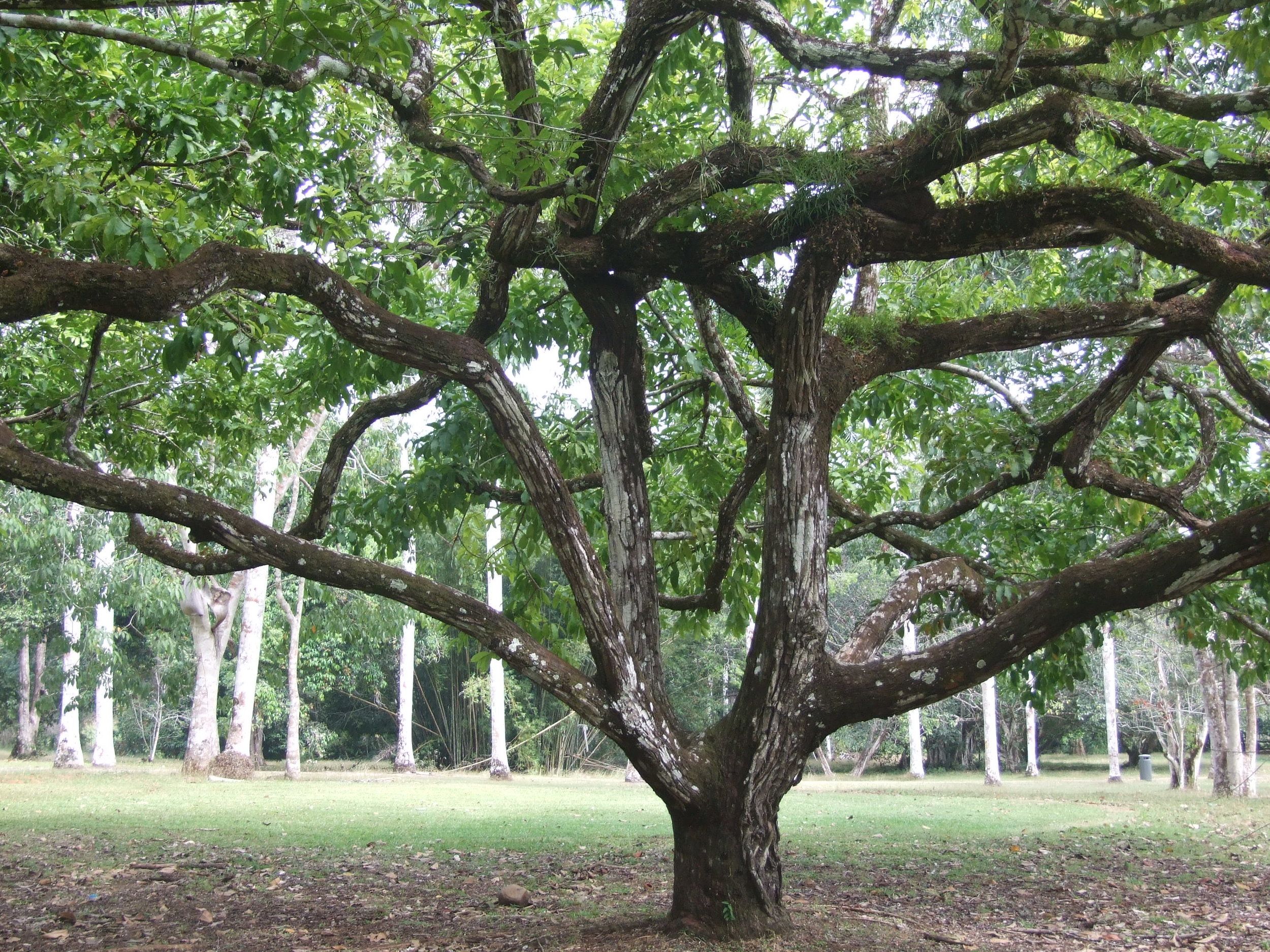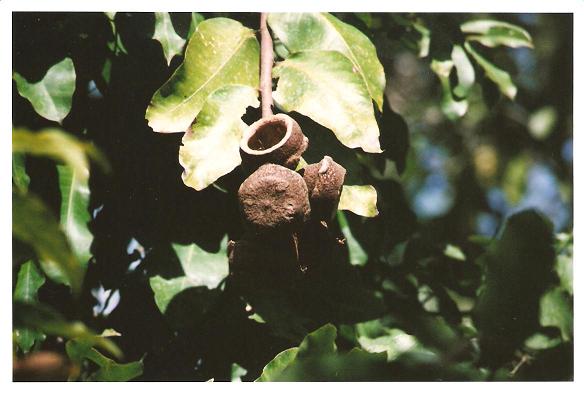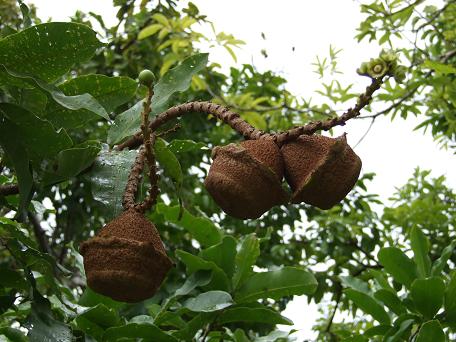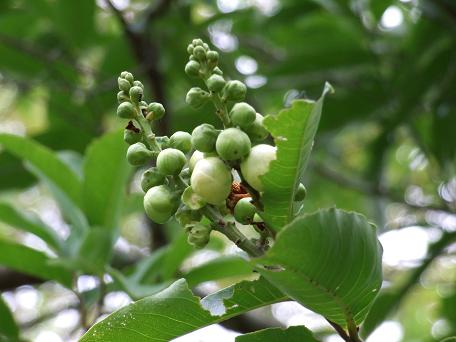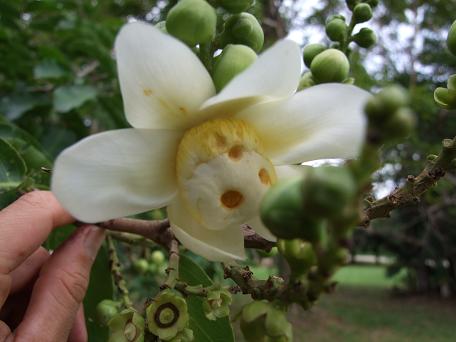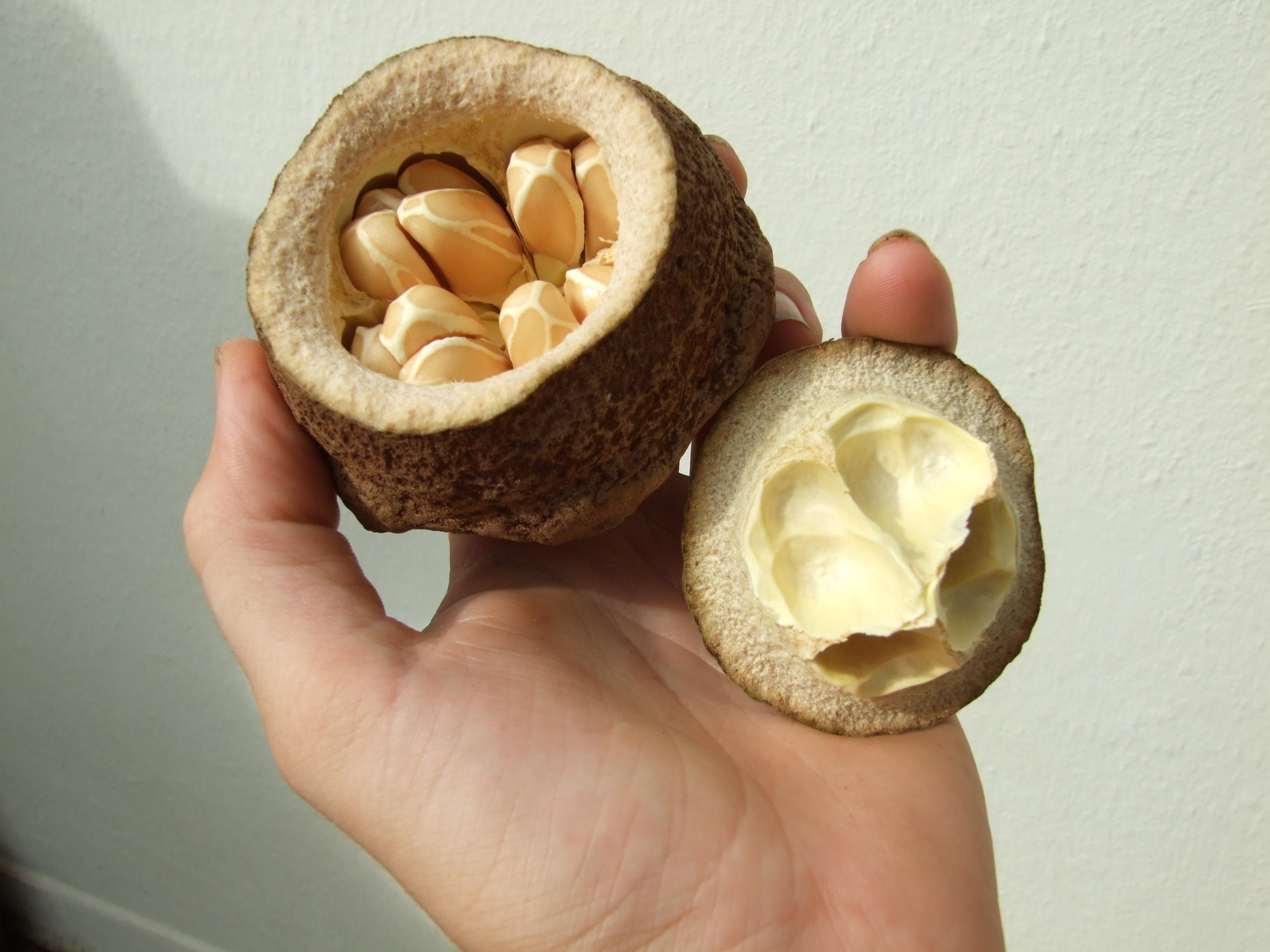The following is a list of species whose leaves are used as condiments in Southeast Asia. The list is not, by any means, complete, but includes some of the lesser known, more obscure species.
Acacia farnesiana, Cassie flower, Leguminaceae
Achronychia laurifolia, Ketiak, Rutaceae
Aegle marmelos, Bael fruit, Rutaceae
Allium odorum, Chinese chives, Liliaceae
Ancistrocladus extensus, Ox-tongue, Dipterocarpaceae
Antidesma ghaesembilla, Sekinchak, Euphorbiaceae
Begonia tuberosa, Tuberous begonia, Begoniaceae
Claoxylon polot, Rock blumea, Euphorbiaceae
Coleus tuberosus, African potato, Labiatae
Crypteronia paniculata, Sempoh, Lythraceae
Curcuma domestica, Turmeric, Zingiberaceae
Cymbopogon citratus, Lemon Grass, Graminae
Cyrtandra decurrens, Graminae
C. pendula, Rock sorrel, Graminae
Dendrobium salaccense, Cooking orchid, Orchidaceae
Derris heptaphylla, Seven finger, Leguminaceae
Elethariopsis sumatrana, Frangrant gingerwort, Zingiberaceae
Eugenia polyantha, White kelat, Myrtaceae
Evodia roxburghiana, Sour-relish wood, Rutaceae
Gymura procumbens, Akar, Compositae
Homalomena graffithii, Itch grass, Araceae
Hornstedtia, Tepus, Zingiberaceae
Horsfieldia sylvestris, Pendarahan, Myristicaceae
Kaempferia galanga, Chekur (Galangal), Zingiberaceae
Kaempferia rotunda, Kenchur, Zingiberaceae
Leucas lavandulifoia, Ketumbak, Labiatae
L. zeylanica, Ketumbak, Labaiatae
Limnophila aromatica, Swamp leaf, Scrophulariaceae
L. villosa
L. conferta
L. pulcherrima
L. rugosa
Lycium chinese, Kichi, Matrimony vine, Solanaceae
Lycopersicum esculentum, Tomato, Solanaceae
Medinilla crispata, Medinilla, Melastomataceae
M. hasseltii
M. radicans
Mentha longifolia, Longleaf mint, Labiatae
Murraya koenigii, Curry-leaf tree, Rutaceae
Nauclea esculenta, Pincushion, Rubiaceae
Ocimum canum, Hoary basil, Labiatae
Oenanthe javanica, Shelum, Umbelliferae
Ottelia alismoides, Pojnd lettuce, Hydrocharitaceae
Oxalis corniculata, Sorrel, Oxalidaceae
Pilea melastomoides, Sweet nettle, Urticaceae
Piper lolot, Pepper leaf, Piperaceae
P. caducibracteum
P. umbellatum
Pistacia lentiscus, Pistachio resin tree, Anacardiaceae
Pluchea indica, Indian sage, Comppositae
Polygonum hydropiper, Water polygonum, Polygonaceae
Staurogyne elongata, Cross flower, Acanthaceae
Trachyspermum involucratum, Wild celery, Umbelliferae
